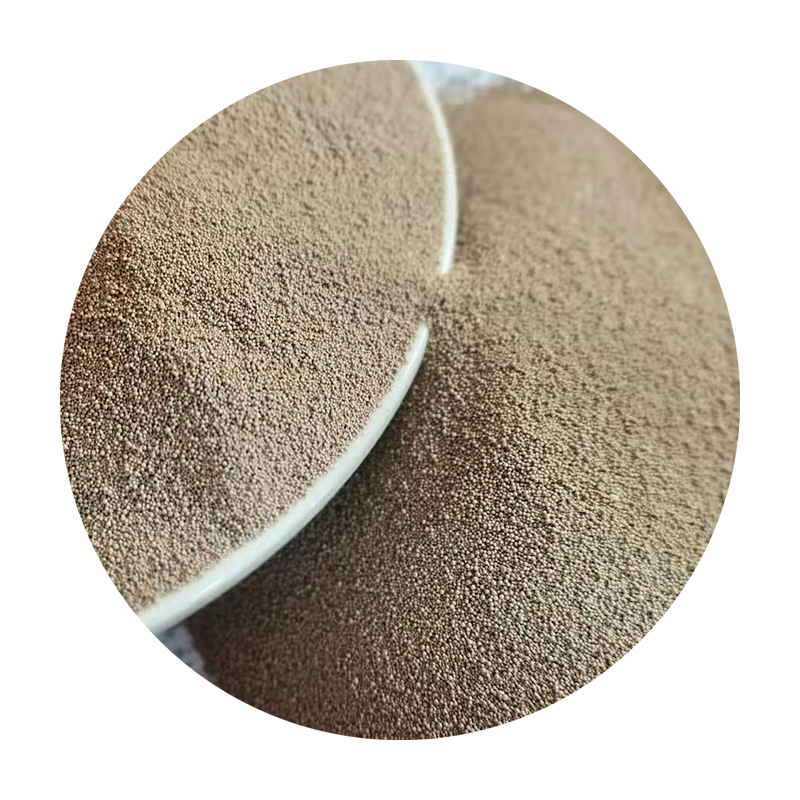The Role of Sand and Resin in Modern Industries
Sand and resin, seemingly simple materials, play crucial roles in various industrial applications, particularly in manufacturing and construction. This combination is used for creating a range of products, from mold-making in foundries to intricate designs in art and architecture. Understanding the properties, benefits, and applications of sand and resin can highlight their significance in modern technology.
Understanding Sand and Resin
Sand is primarily composed of finely divided rocks and minerals. Its primary component is silica, which is abundant in nature. Sand’s granular nature provides excellent drainage and filtration properties, making it a staple in construction and landscaping. In industrial contexts, sand can also be used to produce mold boxes for metal casting.
Resin, on the other hand, is a synthetic or natural polymer that acts as a binding agent. It is versatile and can be cast into various shapes and forms, making it a popular choice in sectors such as automotive, aerospace, and electronics. Resins are known for their durability, resistance to chemicals, and ability to withstand extreme temperatures, which make them essential in many manufacturing processes.
The Synergy of Sand and Resin
When combined, sand and resin create a composite material that offers unique advantages. This mixture is particularly prevalent in foundry applications, where it is used for making molds that can withstand high temperatures while maintaining precision. The resin acts as a binder, hardening the sand into a solid structure that can accurately capture the details of complex designs.
sand resin

One of the main benefits of using sand and resin is the ability to create custom molds and cores with quick turnaround times. Traditional metal molds can take significant time and investment to produce, while sand-resin mixtures can be prepared and cured rapidly. This property is particularly advantageous in industries where rapid prototyping is essential.
Applications in Various Industries
The applications of sand and resin composites are diverse. In the automotive sector, for example, they are used to produce intricate parts and components. The lightweight and durable nature of resin combined with the strength of sand results in components that improve vehicle performance and fuel efficiency.
In the construction industry, sand and resin are used for making prefabricated elements and decorative architectural features. The aesthetic appeal of resin allows for a wide range of designs, textures, and colors, which can enhance the visual appeal of buildings while providing solid structural capabilities.
Artisans and craftsmen also utilize sand and resin for artistic creations. This mixture allows for the creation of stunning sculptures, intricate jewelry, and decorative items that can enhance both residential and commercial spaces. Artists appreciate the adaptability of the materials, as they can manipulate the sand and resin to create various forms and styles.
Conclusion
In summary, the combination of sand and resin is a testament to the innovative approaches in material science and engineering. Their synergy results in an adaptable, durable composite used across a multitude of industries. As technology continues to evolve, the applications of sand and resin are likely to expand further, exploring new frontiers in manufacturing and creative endeavors. Understanding and harnessing the properties of this combination can lead to advancements that enhance both functionality and aesthetics in the products we use every day.
Post time:Aug . 01, 2024 01:56
Next:Understanding the Benefits and Applications of Resin Coated Sand in Modern Industries
